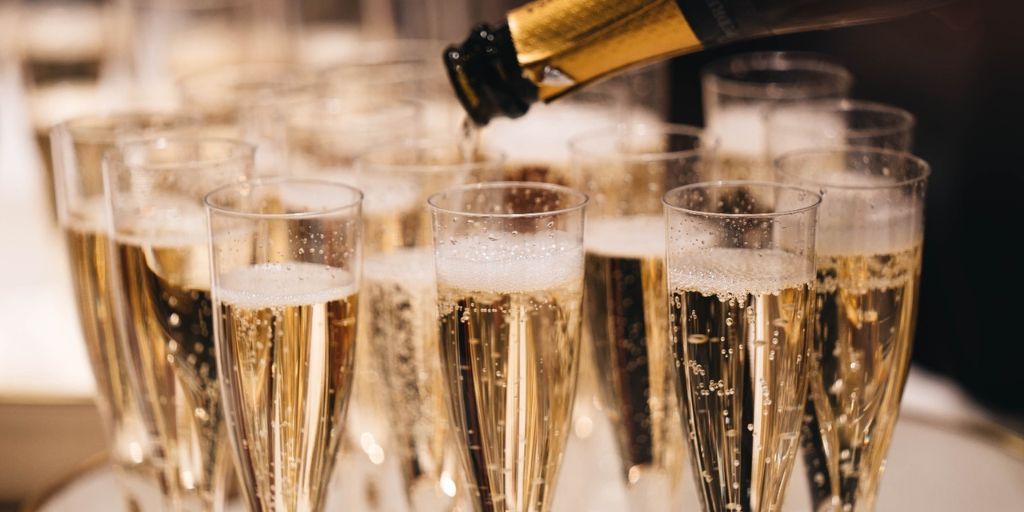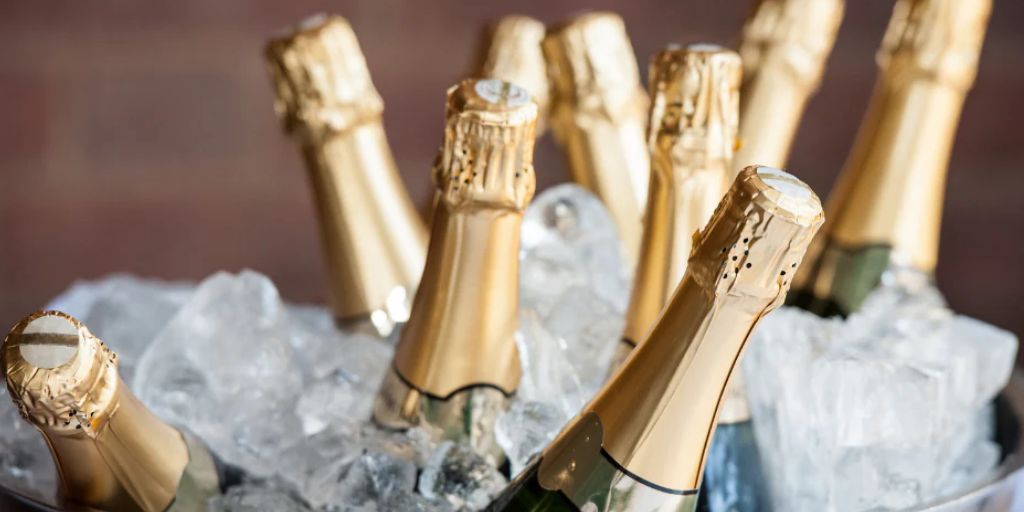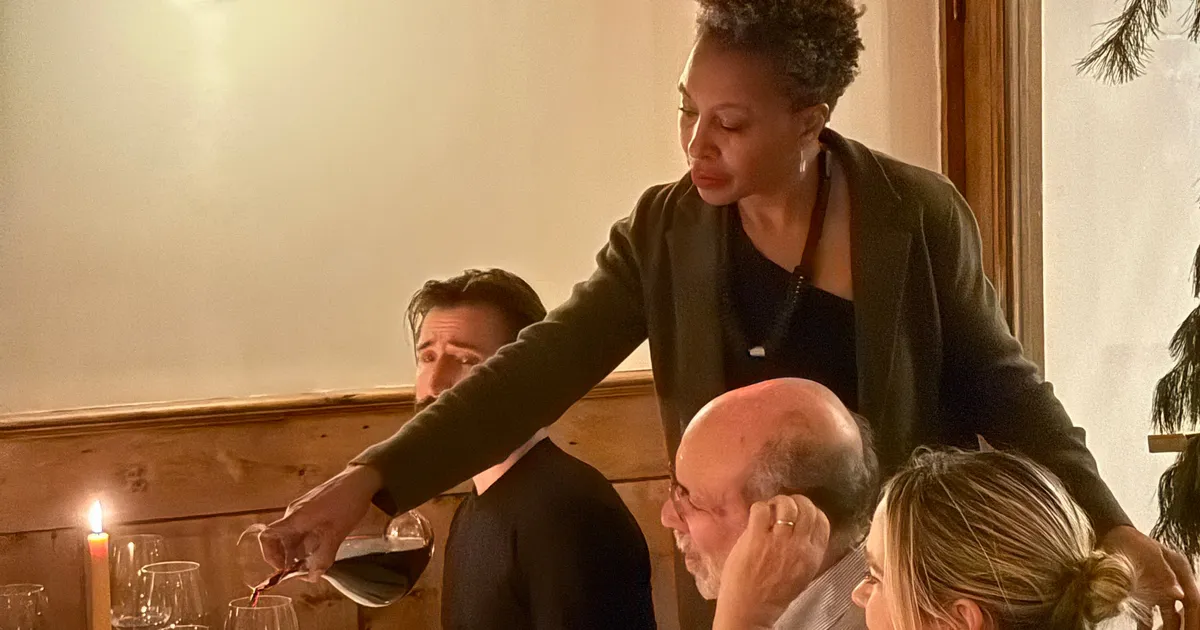For many people, the terms “sparkling wine” and “Champagne” are used interchangeably. Both come with festive bubbles, a sense of occasion, and that satisfying pop when the cork is released. However, while all Champagne is sparkling wine, not all sparkling wine is Champagne.
The differences go beyond just the name—they include geography, production methods, grape varieties, and, of course, price.
If you’ve ever wondered why one bottle says “Champagne” while another is labeled “Prosecco” or “Cava,” here’s a breakdown of what sets Champagne apart from other sparkling wines, and why those distinctions matter.
It Starts with Geography
The simplest and most essential difference is geographical. Champagne is a region in northeastern France, and only sparkling wine produced within this specific area—and under strict regulations—can legally be called Champagne. This rule is protected by international treaties and trade agreements.
On the other hand, “sparkling wine” is a broad category that refers to any wine with bubbles, regardless of where it’s made. Sparkling wines come from all over the world: Italy (Prosecco and Franciacorta), Spain (Cava), the U.S. (California sparkling wines), and many other regions produce excellent bubbly.
In short:
-
Champagne = sparkling wine from Champagne, France.
-
Sparkling wine = any bubbly wine made outside Champagne.
Different Grapes
Champagne is traditionally made from three main grape varieties:
-
Chardonnay (white)
-
Pinot Noir (red)
-
Pinot Meunier (red)
Though other grapes can be used in small amounts, these three form the backbone of most Champagnes, resulting in wines known for their finesse, complexity, and ageability.
Other sparkling wines use different grapes depending on their region and style. For example:
-
Prosecco is made primarily from the Glera grape.
-
Cava typically blends Macabeo, Xarel·lo, and Parellada.
-
American sparklers often mimic Champagne by using Chardonnay and Pinot Noir but can also include other varieties.
The grape choice heavily influences flavor and texture. Prosecco, for instance, tends to be fruitier and lighter, while Champagne has more toast, brioche, and mineral notes.
Production Methods
One of the most significant differences between Champagne and other sparkling wines is the method of production. Champagne is made using the Traditional Method (Méthode Traditionnelle), which involves:
-
First fermentation to create a still base wine.
-
Secondary fermentation in the bottle—a mixture of yeast and sugar is added, and the wine ferments again, creating bubbles.
-
Aging on the lees (dead yeast cells), which adds complexity and texture.
-
Riddling and disgorgement to remove the lees.
-
Dosage (a mix of wine and sugar) may be added to adjust sweetness before sealing the final cork.
This method is labor-intensive and time-consuming, contributing to Champagne’s higher price point.
By contrast, many other sparkling wines use alternative methods:
-
Tank Method (Charmat Method): Used for Prosecco, this method involves secondary fermentation in large stainless steel tanks. It’s faster and more affordable but produces less yeasty complexity.
-
Transfer Method and Carbonation: Some inexpensive sparkling wines are carbonated like soda, offering bubbles without the intricate fermentation process.
Cava, notably, is made using the Traditional Method like Champagne, giving it more similarity to Champagne in structure and flavor.
Flavor and Style Differences
Because of variations in grapes, production, and aging, Champagne tends to be more complex, with fine bubbles and flavors of citrus, apple, brioche, almond, and sometimes minerality. The long aging on the lees gives it creaminess and depth.
Other sparkling wines offer a wide range of styles:
-
Prosecco: Light, fresh, and fruit-forward with flavors of pear, apple, and floral notes.
-
Cava: Dry and crisp with green apple, citrus, and a touch of toastiness.
-
American sparkling wines: Can range from simple and fruity to complex, especially when modeled after Champagne.
Each type has its own charm, but Champagne often carries a perception of luxury due to its history, craftsmanship, and price.

Price Point
One of the easiest ways to tell Champagne apart from other sparkling wines is the price. Authentic Champagne usually starts around $40 and can climb into the hundreds or even thousands for prestigious vintages. This reflects not only the laborious production but also brand prestige and global demand.
Meanwhile, many excellent sparkling wines from other regions are available for much less:
-
Prosecco: $10–$20
-
Cava: $10–$15
-
American sparkling wines: $15–$30 (though prestige cuvées can cost more)
For those who want bubbles without the splurge, non-Champagne sparklers are fantastic alternatives.
Labels to Look For
Understanding the label can help you navigate sparkling wine choices:
-
Champagne: Always from Champagne, France, often labeled “Brut” (dry) or with other sweetness levels like “Extra Dry” or “Demi-Sec.”
-
Cava: Look for “Cava” and “Brut” or “Reserva” (indicating longer aging).
-
Prosecco: Check for “DOC” or “DOCG” for quality assurance, and terms like “Brut” or “Extra Dry.”
-
Crémant: French sparkling wine made outside Champagne (e.g., Crémant de Loire or Crémant d’Alsace), using the traditional method but at lower prices.
Conclusion
In the sparkling wine world, Champagne is the pinnacle of prestige and craftsmanship, but it’s just one type of bubbly among many excellent options.
The key differences come down to geography, grapes, production method, and, inevitably, cost. Whether you’re popping a bottle of fine Champagne or toasting with a cheerful Prosecco, what matters most is the experience and enjoyment it brings.
Next time you’re choosing a bottle, you’ll know exactly what sets Champagne apart—and how sparkling wines from around the world offer their own unique, delicious alternatives.


